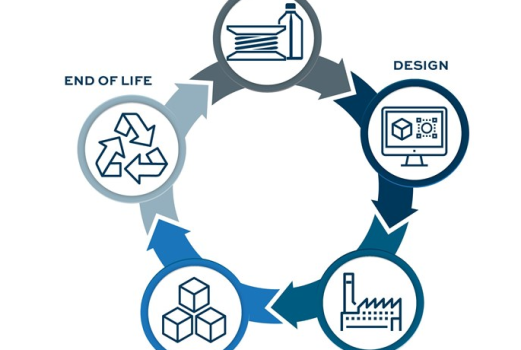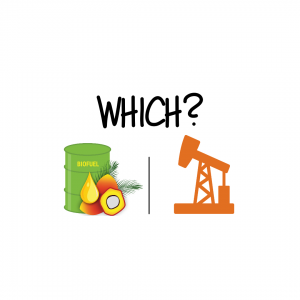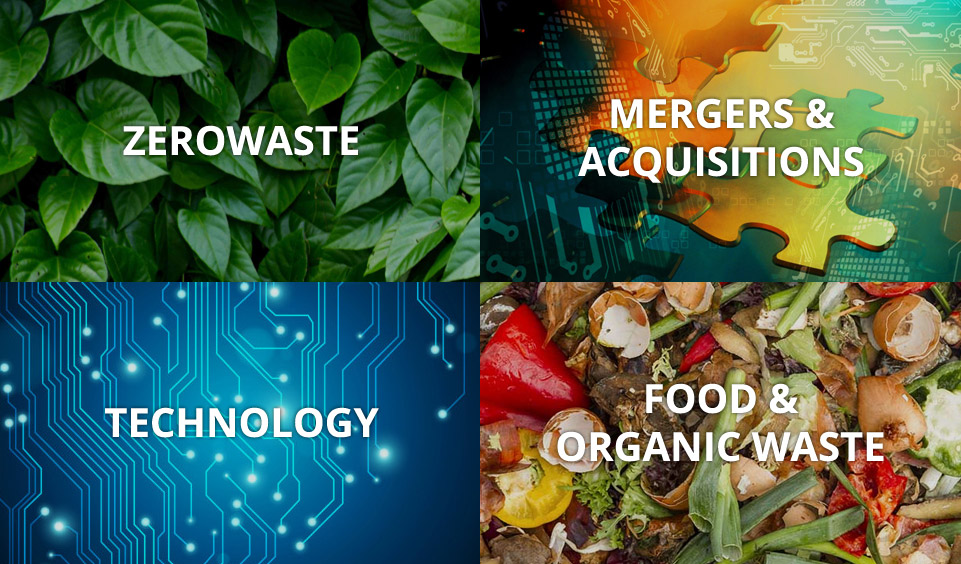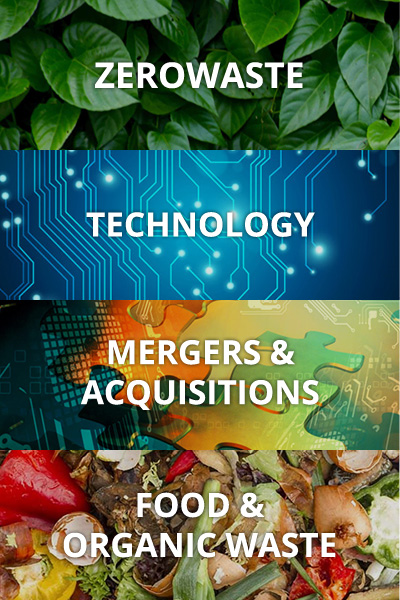Waste disposal is an essential aspect of modern society, with the increasing amount of waste generated by humans posing a significant challenge to the environment. There are several methods of waste disposal, but each has its impact on the ecology.
Here are five common waste disposal methods and their environmental impacts.
Landfills
Landfills are the most commonly used waste disposal method globally, where solid waste is buried in designated landfills. They are constructed to reduce environmental impacts, such as groundwater contamination, air pollution, and land degradation. However, landfills have several environmental impacts such as:
- Leachate: Leachate is toxic liquid waste that seeps out of landfills and contaminates groundwater. And, it is harmful to both human and animal life.
- Air pollution: Landfills emit greenhouse gases, including methane, which contributes to global warming.
- Soil degradation: The soil around landfills is rendered unsuitable for farming and vegetation growth, affecting biodiversity.
Incineration
Incineration is a waste disposal method that involves burning solid waste to convert it into ash, gas, and heat. The ash is then buried in landfills, while the gas and heat are used to generate electricity. Some of the effects incineration has on the atmosphere are:
- Air pollution: Incineration produces harmful air pollutants like dioxins, furans, and carbon monoxide, which can cause respiratory diseases.
- Greenhouse gas emissions: It emits carbon dioxide, a greenhouse gas that contributes to climate change.
- Ash residue: It also produces toxic ash residue that must be disposed of in landfills.
Recycling
Recycling is the process of converting waste materials into new products and it has many advantages on the environment. For example, it reduces:
- Energy consumption: It saves energy by decreasing the need to manufacture new products.
- Greenhouse gas emissions: Recycling reduces greenhouse gas emissions associated with the production of new products.
- Waste: It decreases the amount of waste sent to landfills.
Composting
Composting is the process of breaking down organic waste materials into nutrient-rich soil. Some of the biggest benefits of composting are:
- Soil improvement: It produces nutrient-rich soil that can be used to improve soil quality.
- Reduced greenhouse gas emissions: It reduces the amount of methane emitted from landfills.
However, it can be counter-productive in a few ways:
- Odor: It produces an unpleasant odor that can be a nuisance.
- Pest attraction: It can attract pests, such as rodents and insects, which can be a health hazard.
- Limited applicability: It is not suitable for all waste materials.
Waste-to-Energy
Waste-to-energy is the process of converting waste materials into energy. Waste-to-energy has several environmental benefits, including:
- Provides an alternative to fossil fuels: Waste-to-energy plants can provide a source of renewable energy that does not rely on finite fossil fuels.
- Creates jobs: Its facilities require skilled workers to operate and maintain them, which can create jobs in local communities.
- Generates revenue: It also plants can generate revenue from selling the electricity they produce, as well as from selling any by-products generated during the process.
- Improves air quality: These plants are equipped with advanced pollution control technologies that help to reduce emissions.
In conclusion, waste disposal is a crucial aspect of modern society that has a significant impact on the environment. Each waste disposal method has its environmental impacts, and it is essential to consider these impacts when choosing a waste disposal method.
It is also crucial to reduce waste generation by adopting sustainable practices such as reducing, reusing, and recycling waste materials. By doing so, we can reduce our impact on the environment and create a cleaner, healthier planet for generations to come.



